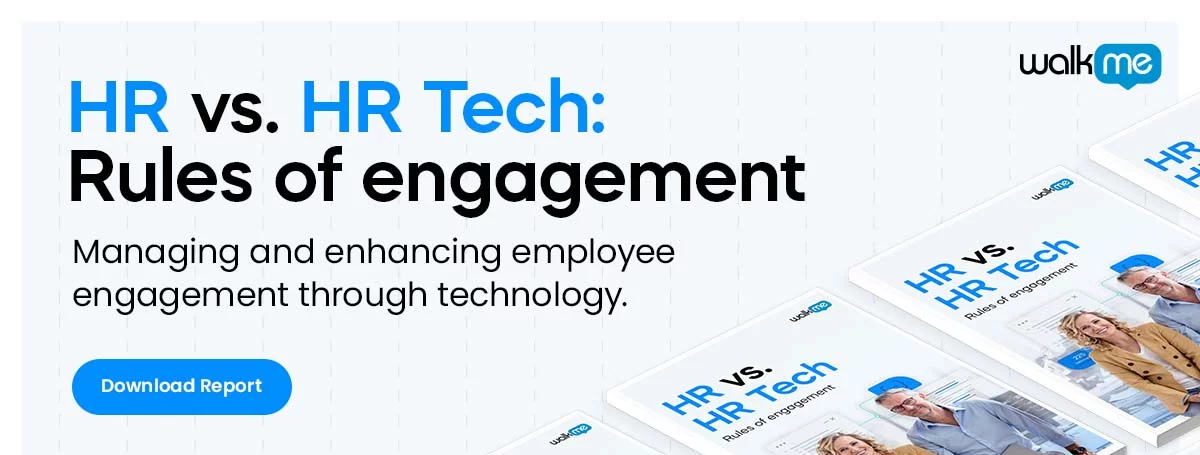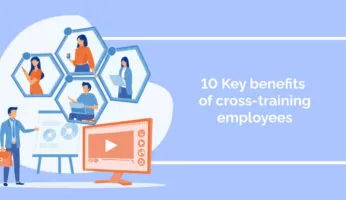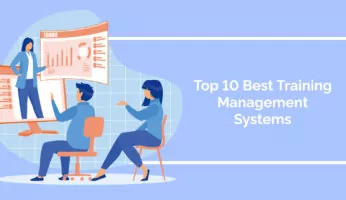
Although digital technology is but a few decades old, the digital workforce has already become the norm in the modern workplace.
This is especially true after 2020 when companies around the world transitioned to the remote work paradigm.
But there remains confusion over what a digital workforce actually is. Some companies simply adopt the latest tools and software to keep up with current workplace trends.
The problem with this approach, however, is the digital disruption is unending. New technologies continue to emerge, and we will see more in the coming years. Also, today’s digital skills gap will continue to widen unless employers take measures to close it.
The digital workforce, in other words, requires more than just technology adoption. It also requires shifts in business strategy, employee mindsets, employee training, and more.
A Definition of the Digital Workforce
How do you define the digital workforce?
As mentioned, the digital workforce and the digital workplace is about more than just software and tools.
A digital workplace puts technology at its center.
This means that digital has become central to many dimensions in the workplace, including:
- Organizational strategy. It is no secret that digital disruption has driven change across many industries. Organizations that are digital leaders often reap great rewards, even if they are not technology companies.
- Business operations. The effective use of technology generates massive productivity gains wherever it is applied. When used to streamline business operations, technology can dramatically increase productivity, performance, efficiency, and more.
- Organizational culture. As every business leader and manager knows, employees drive the organization. Their attitude towards technology and learning will have a dramatic impact on the effectiveness of new technology and technology-driven initiatives.
In short, an organization that is undergone digital transformation has aligned its strategy, its operations, the workplace, and the workforce, among other things, with digital technology.
This does not mean that every organization needs to be an IT organization. Nor does it mean every employee needs to learn to code.
It does mean, however, that employees must be digitally savvy, pro-digital, innovative, and ready to grow.
This type of shift in mindset and strategy may seem daunting to some people, which can make it difficult to earn executive buy-in and support for digital initiatives that focus on the workforce.
4 Tips for Making the Transition to a Fully Digital Workforce
Transitioning to a fully digital workforce means taking a comprehensive approach that addresses the areas covered above.
Here are a few steps you can take to facilitate the transition to a more digital workforce and workplace:
1. Manage the employee experience
Employee experience management takes a structured approach to enhancing the workplace, the work environment, and employees experience on the job.
At first glance, this may seem to have nothing to do with the digital workforce, but it is important to remember that today’s workplace experience is digital.
If that experience is poorly managed, if workplace technology is too complex, or if workflows are inefficient, it will affect employees’ attitudes towards technology, their performance, and more.
2. Be data-driven
On the one hand, data-driven is a mindset and doesn’t require technology.
Data-driven processes simply need to use mathematics and statistics in order to gain insights and inform decisions.
On the other hand, we all know that technology has dramatically impacted the way we use data. More data is being created and collected at a faster pace than at any other point in history, and businesses that can tap into that data can gain a significant edge in the market.
As with the other points mentioned in this article, it is important not only to adopt data-driven technology, such as analytics platforms, but to instill a data-driven mindset into employees and use data-driven business methods.
3. Create a pro-learning environment
Today’s employee needs to continually learn in order to stay productive and relevant in the digital era.
This is one reason why upskilling has become such a trending topic in recent years. Employees need training in order to continue to add value to their organization and to keep up with the disruptive changes that are affecting the job market.
A pro-learning culture not only boosts employee productivity, however – it also attracts top talent.
Here’s why:
- Talented workers know that they must continue learning in order to stay productive and relevant
- Bored employees will look for other work that is more stimulating
- Upwardly mobile employees also want to continue developing their careers
In short, a pro learning environment can boost your organization’s reputation and the employer brand.
4. Encourage technology-driven innovation
Innovation can not be a centerpiece to an organization’s strategy, it can be fueled from frontline employees.
By encouraging innovation on the part of employees, organizations can reap several advantages.
They can take advantage of the new ideas and processes that result from an investment in innovation.
At the same time, encouraging innovation among the workers also encourages them to learn and leverage new technology to its fullest extent. Going a step further and incentivizing innovation can even promote a pro-digital culture.
WalkMe Team
WalkMe spearheaded the Digital Adoption Platform (DAP) for associations to use the maximum capacity of their advanced resources. Utilizing man-made consciousness, AI, and context-oriented direction, WalkMe adds a powerful UI layer to raise the computerized proficiency, everything being equal.



